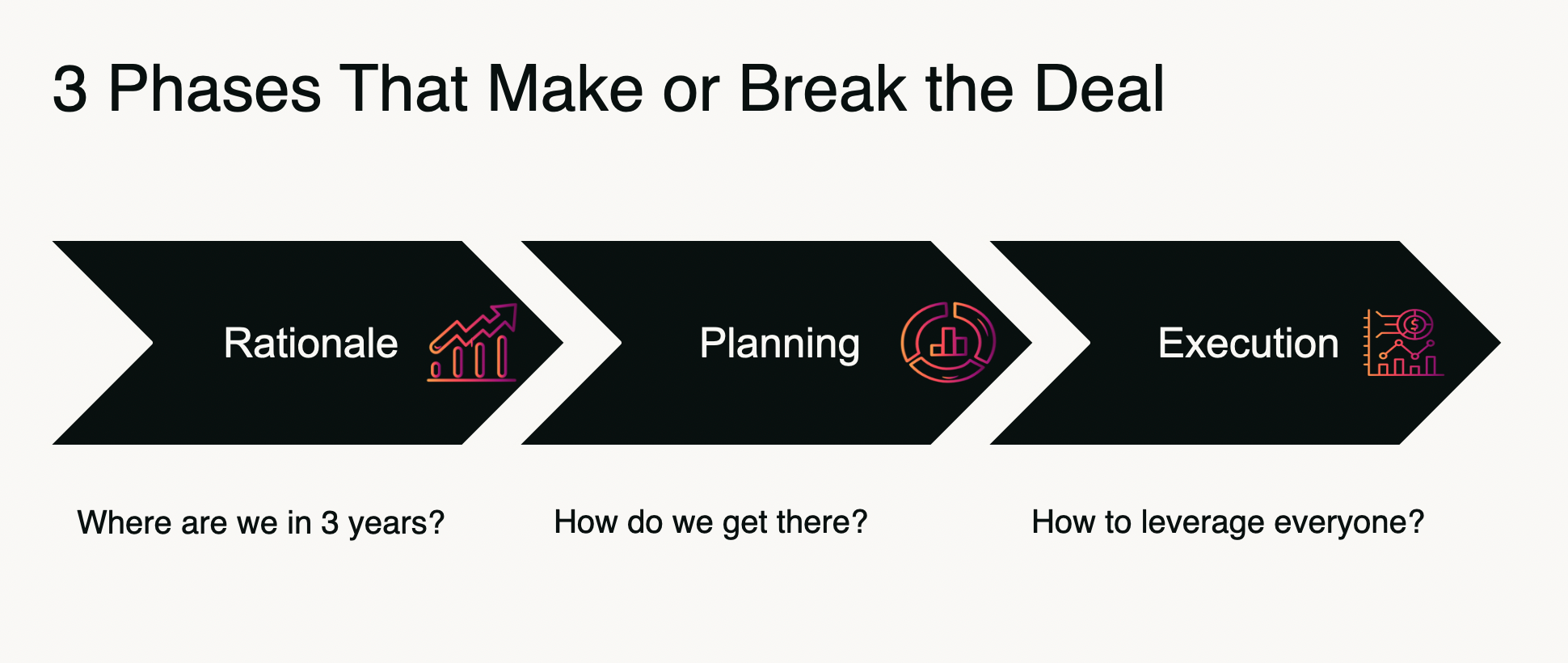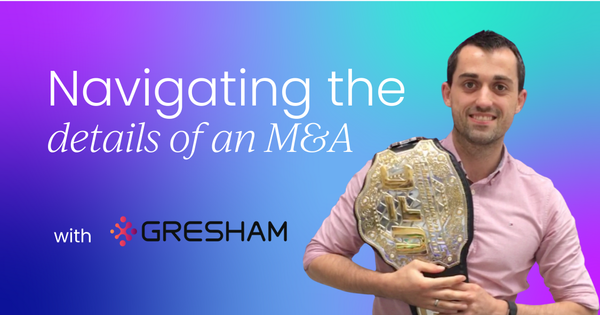This article is based on a presentation given by David Yates, CFO at Gresham, at our CFO Summit, London in 2024. Catch up on this presentation, and others, using our OnDemand service. And for more exclusive content, check out your membership dashboard.
I've recently gone through a rapid career change due to mergers and acquisitions (M&A). In fact, things moved so quickly that when I initially agreed to discuss this topic, I was the CFO of Alvio, but I am now the CFO of Gresham—a company we acquired in July 2024. This quick shift underscores how fast-paced and unpredictable the M&A environment can be.
Throughout my career, I've been fortunate to work on M&A transactions of varying scales—from significant integrations like BT's £12.5 billion acquisition of EE, to smaller strategic acquisitions and disposals within the private equity, SaaS, and tech sectors.
A quote that resonates deeply with me in the context of M&A is this:

This captures the essence of M&A perfectly. People often see the impressive outcome, such as new brands, systems, and market presence, but they rarely recognize the intense effort, sweat, and tears that go into achieving this.
The why behind M&A: strategic rationale

Understanding why you want to acquire a business is fundamental. Companies primarily generate value in four areas:
- Customer value proposition
- Profit formula
- Resources
- Processes
At BT, we identified the need for a mobile network to complement our fixed-line business, prompting the acquisition of EE, which provided this essential resource. If desired, we could have theoretically stripped everything else away and kept only the mobile network, though that would have significantly eroded value.
However, many companies make acquisitions for superficial or misguided reasons. For instance, when I joined Technicolor, we considered acquiring a Danish VFX company primarily because they worked with Netflix. Initially, this seemed strategically sensible, but upon closer inspection, the Danish firm was primarily servicing English-language content, such as Star Trek, and provided no real advantage in creating localized Danish content.



 Follow us on LinkedIn
Follow us on LinkedIn



